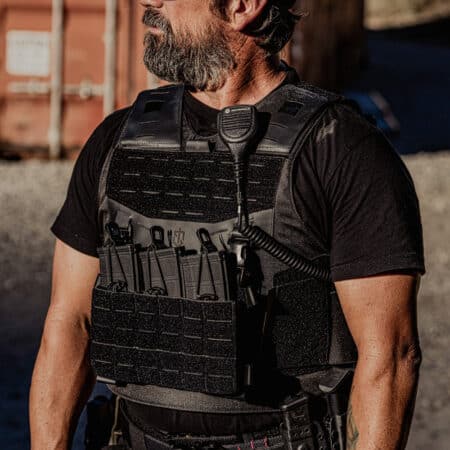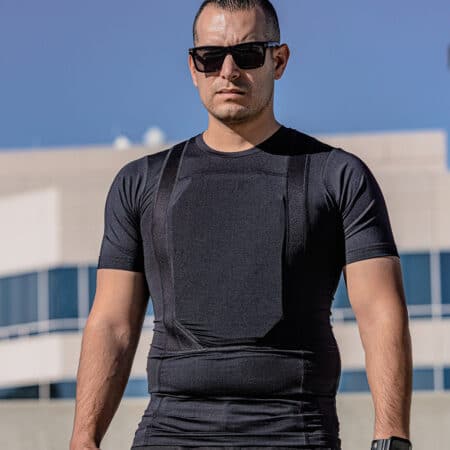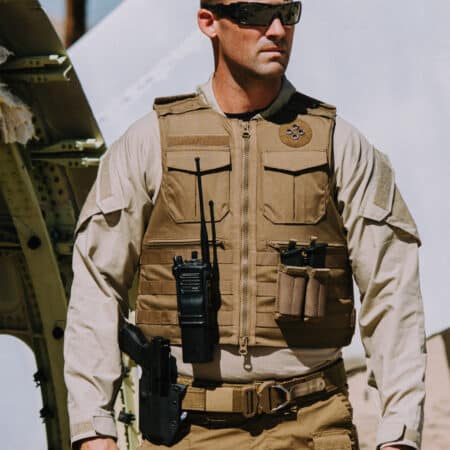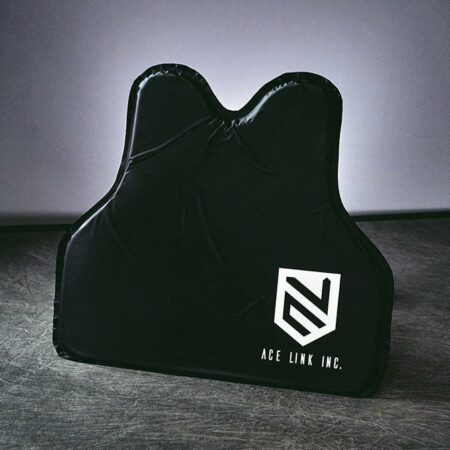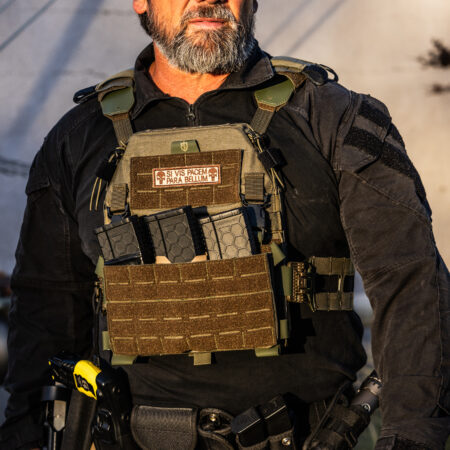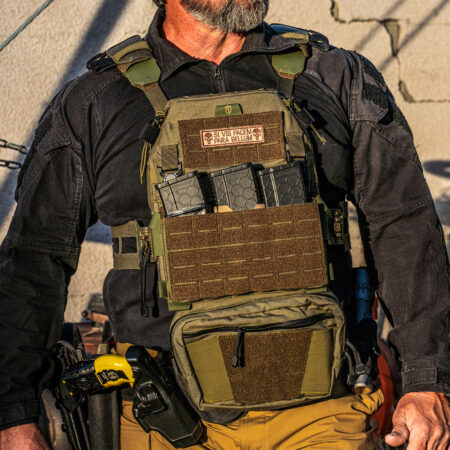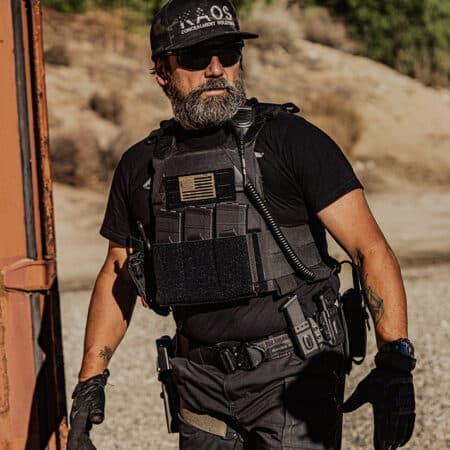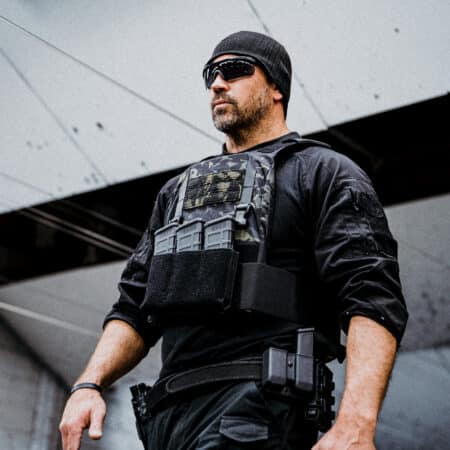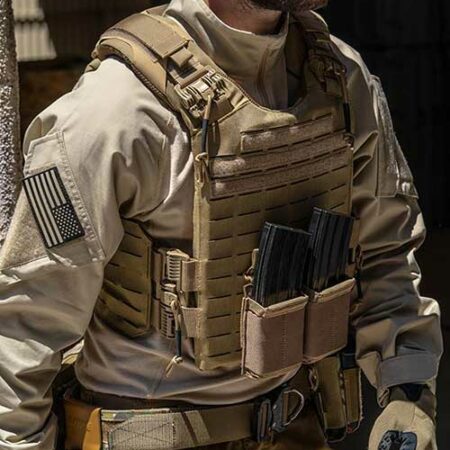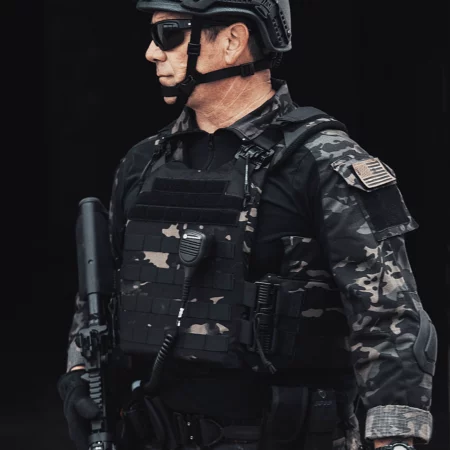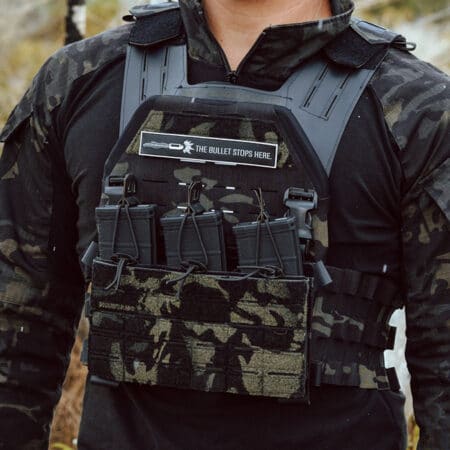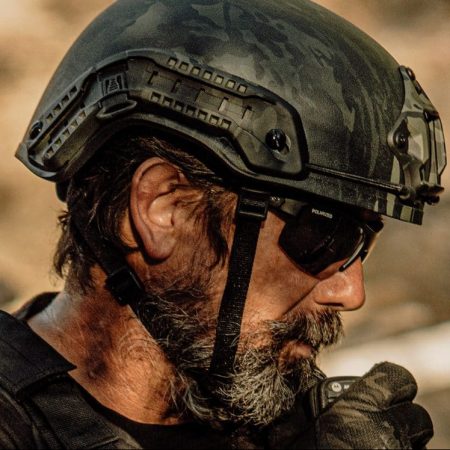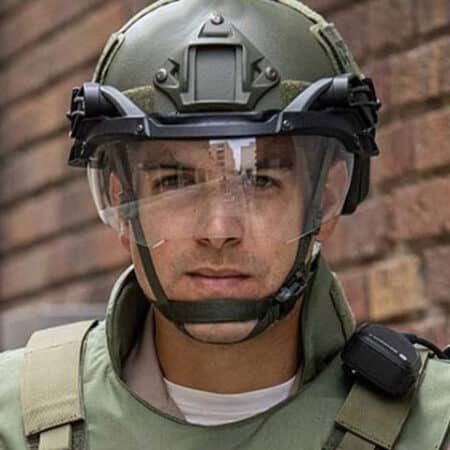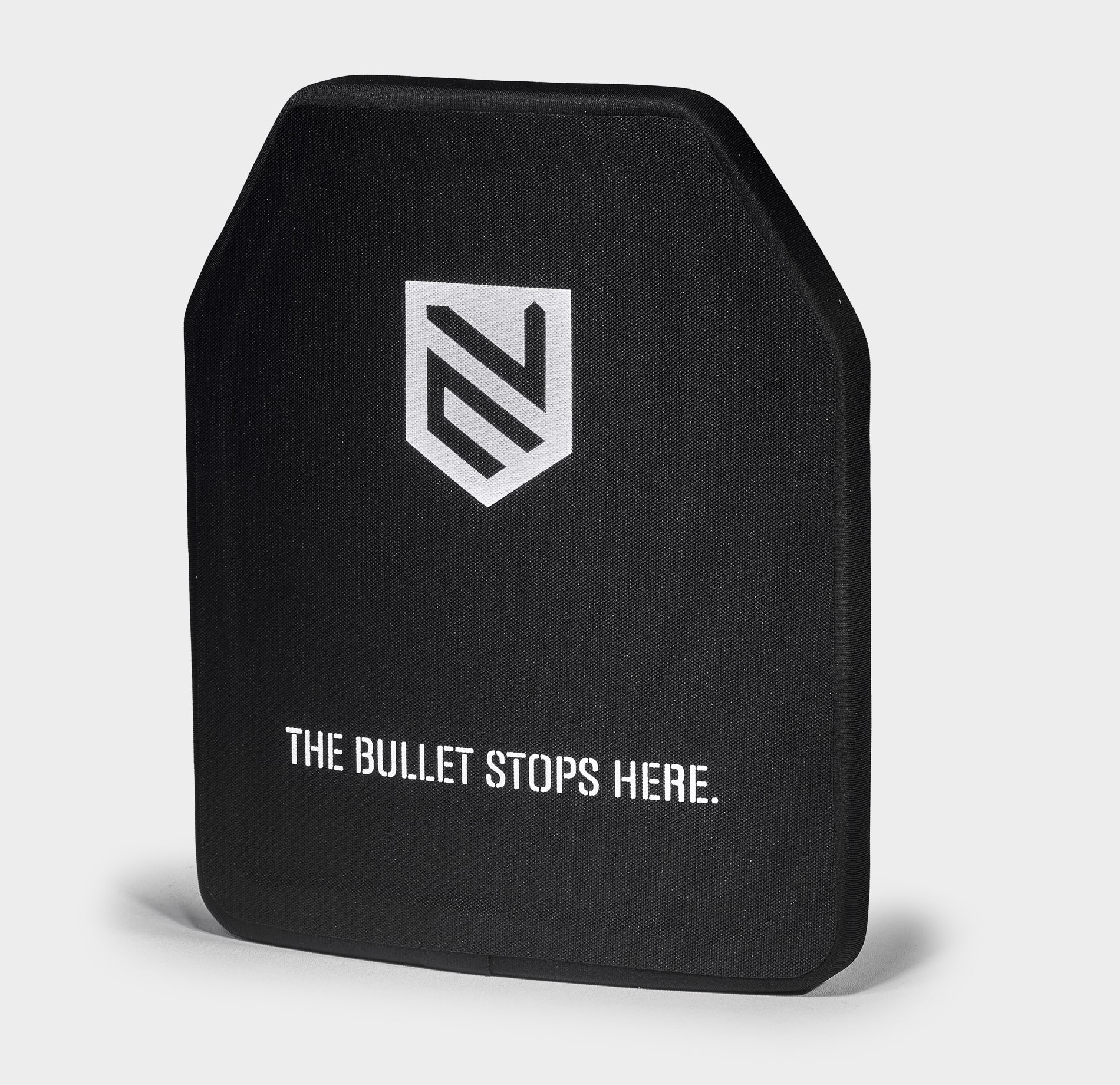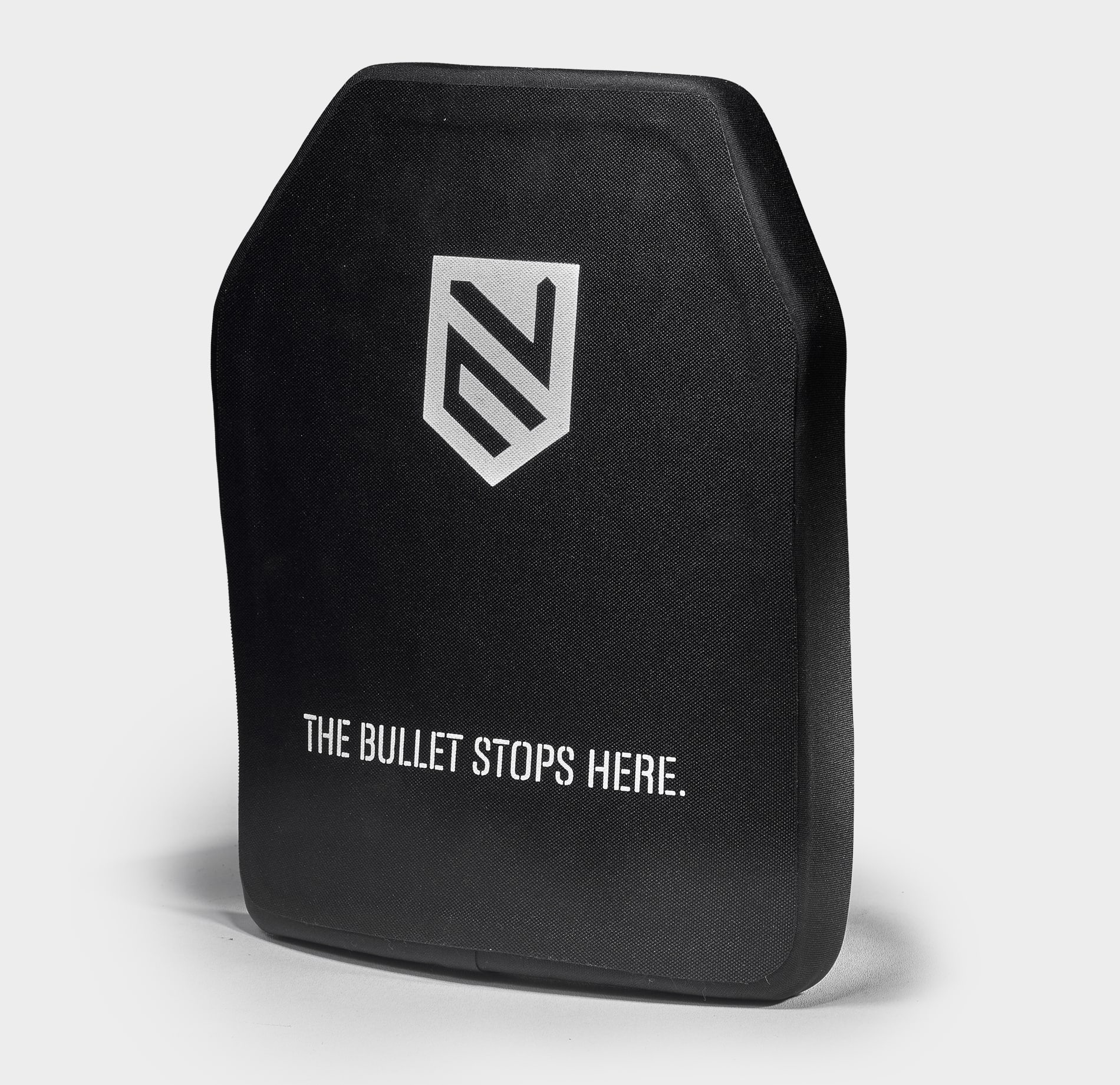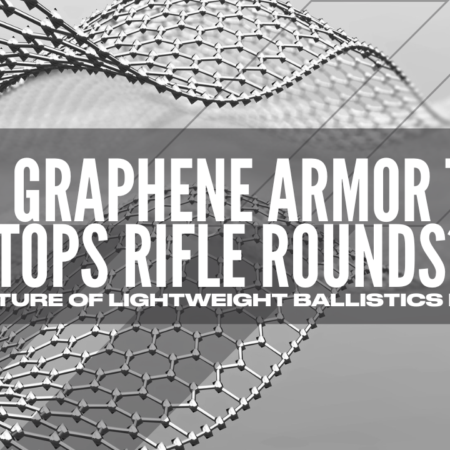WHAT IS A SAPI PLATE?
SAPI stands for Small Arms Protective Insert, and SAPI plates are used by the US Military for ballistic protection. Initially used in the Interceptor body armor, it is now the standard armor insert used in the IOTV (Improved Outer Tactical Vest) and MTV (Modular Tactical Vest).
SAPI body armor panels are made of Ceramics, and as far as protection levels are concerned, in terms of the National Institute of Justice, they are level III plates. This means that they will stop the most popular intermediate rifle rounds including 5.56×45, 7.62×39, and 7.62×51 NATO or a 308 Winchester round.
The US army also used ESAPI plates, which stand for Enhanced Small Arms Protective Insert. In terms of protection and performance, these plates are similar to NIJ level IV armor plates. This means that they offer ballistic protection against calibers up to an armor-piercing 30.06.
Any SAPI or ESAPI plate used by the Military isn’t tested according to the NIJ standards, instead, they are tested by the specific standards of the Military.
For a while, the US army also procured XSAPI plates, which stands for X threat Small Arms Protective insert. These plates were designed to protect against 7.62×51 NATO armor-piercing projectiles. These plates were developed because of a perceived threat of enemy snipers using armor-piercing rounds in Iraq and Afghanistan, but they did not see much action. However, there are accounts of them being used by some law enforcement agencies like the FBI.
The Army also used SAPI or Side SAPI plates, which were later replaced by ESBI plates, or Enhanced Side Ballistic Insert plates, which are also a part of the SAPI system.
Therefore, the SAPI plates are also lightweight. As far as the exact weight is concerned, the size of the body armor plate also makes a significant difference. The extra small SAPI plate weighs 2.6 lbs, whereas, the extra-large plate weighs 5.3 lbs.
HOW MUCH DO SAPI PLATES WEIGH?
When it comes to body armor plates, weight is a very important concern. Soldiers need to wear armor and carry loads of tactical gear for long stretches of time, and if the plates are too heavy, they can put unnecessary strain on the soldier and damage their effectiveness in the field.
Therefore, the SAPI plates are also lightweight. As far as the exact weight is concerned, the size of the body armor plate also makes a significant difference. The extra small SAPI plate weighs 2.6 lbs, whereas, the extra-large plate weighs 5.3 lbs.
In the case of ESAPI body armor, the plates have the same size, but are slightly heavier, since high-density ceramics have to be used to defeat larger calibers. The extra small plate weighs 3.75 lbs, whereas the largest plate weighs 7.2 lbs.
WHAT SIZE SAPI PLATE DO I NEED?
Sizing a SAPI armor plate is like sizing any other armor plate. You need to make sure that all your vital organs are protected, and the best way to do so is to make sure that the plate covers your chest from the top of your breast bone to a couple of inches above your belly button when you sit down.
Unlike soft armor bulletproof vests, the size of hard armor plates and plate carriers isn’t the same as the size of your shirt. It depends a lot upon your body frame and stature. SAPI plates are available in five different sizes ranging from extra small to small, medium, large and extra-large.
Extra small size plates are usually used by females and are 7¼ x 11½ inches in size. Small SAPI plates are 8¾ x 11¾ inches, Medium are 9½ x 12½ inches, large are 10⅛ x 13¼ inches and extra-large plates are 11 x 14 inches in size.
The sizes of a SAPI and ESAPI plate are the same. You need to pick a size that offers you maximum protection, without restricting your movement, and the ability to use our firearms. Since there is one a few inches of difference between the sizes, it can be difficult to find the perfect one. Therefore, you should try different sizes and get a feel of how they fit.
DO SAPI BODY ARMOR PLATES EXPIRE?
Yes, SAPI and ESAPI plates are made from ceramic materials, and like any other ceramic plate, they can expire with time. The exact shelf life of ceramic plates can vary based on a wide range of factors, like their storage environment and the way they are used.
The ceramic material used to make SAPI plates are inert, which means that they don’t react to most elements. However, prolonged exposure to moisture and heat can cause some level of degradation.
In general, if SAPI plates are stored in the right environment, they can last longer, however, if they are actively used, they expire after about 5-7 years, even if they don’t take a hit.
WHAT ARE SAPI PLATES MADE OF?
Standard SAPI plates used by the military are made out of ceramic materials like boron carbide or silicon carbide, whereas an ESAPI plate is made out of boron carbide. Military SAPI armor panels are designed to be used with a specific plate carrier, like the IOTV, which itself has soft body armor in it.
SAPI plates provide the highest level of protection only when they are worn with these vests, which means that the ceramic plates in the vest are backed by a material called Spectra, which are soft armor fibers 40% stronger than traditional Kevlar.
WHERE TO BUY SAPI PLATES?
If you are looking for high-quality plates that have a SAPI cut, the level III, ultralight armor plates from Ace Link are exactly what you are looking for. Generally, SAPI plates are made of ceramics, however, the PE plates have a SAPI cut, and similar ergonomics, while being lighter, more durable, and having a longer shelf life.
Weighing only 3.5 lbs, these armor panels can stop threats up to .308 Winchester. They are available in multiple sizes, including the popularly used dimensions of 11×14″ and 10×12″.




